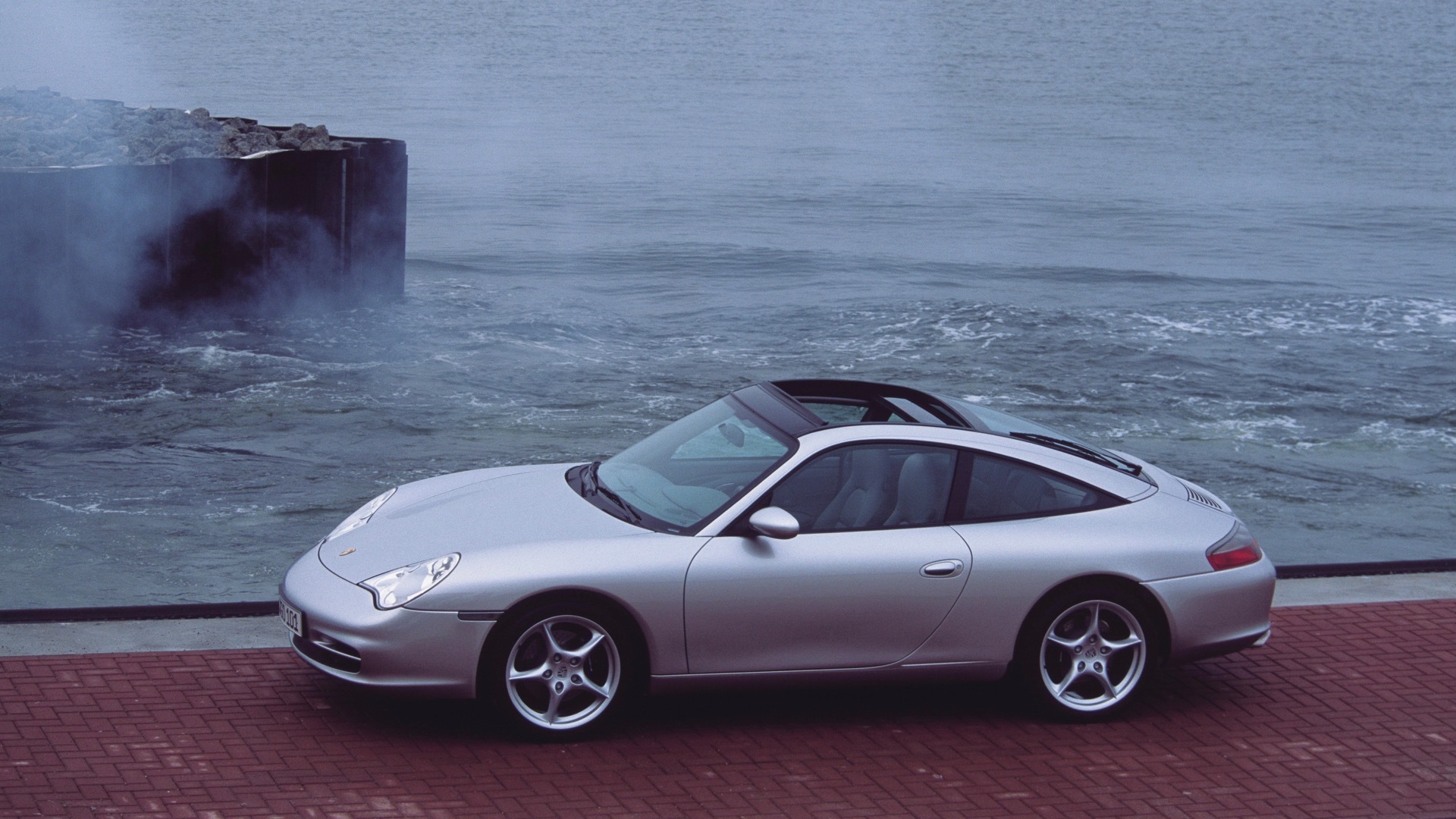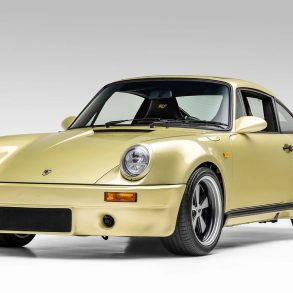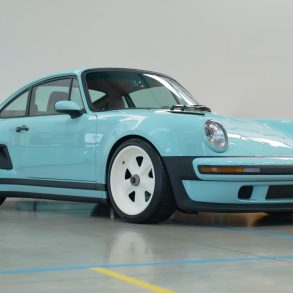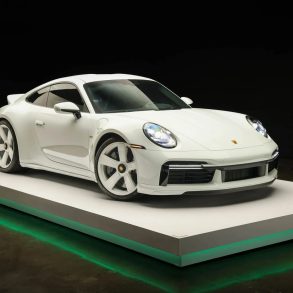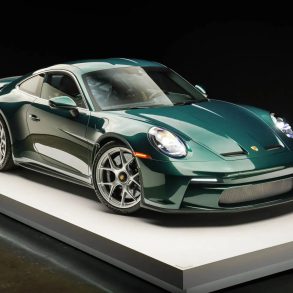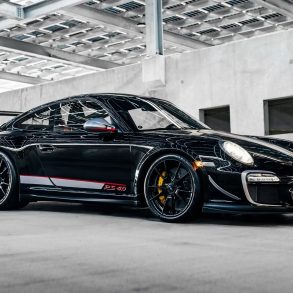(2002 – 2005) Porsche 911 Targa (996.2) – Ultimate Guide
In 2002, the standard Carrera models underwent a facelift. In addition, engine capacity was also increased to 3.6-litres across the range, with power up slightly on the naturally aspirated models. 2002 also marked the start of the production of the 996 based Targa model, with a sliding glass “green house” roof system as introduced on its predecessor. It also features a rear glass hatch which gave the driver access to the storage compartment. The 996 Targa is the rarest bodystyle in the series – only 5,152 were produced (all Mk.2 generation) between 2002 and 2005.
It is difficult to define the word “Targa”. In the beginning, Targa was the 911 with a removable roof panel, something between coupe and cabriolet. Since the 993, Targa has become the 911 with panoramic glass roof. This concept was carried over to 996 Targa and the latest 997 Targa, so let me reuse the words in my 996 Targa report to describe the roof:
The Targa roof of the 996 is built by CTS (Car Top Systems), formerly owned by Porsche and Mercedes. There are no significant changes made, but CTS fine-tuned the system to make it lighter (1.9kg slashed from the glass to lower center of gravity) and better heat insulation (it filters 83% infrared). The glass roof opens and closes in 7 seconds whether the car is moving. The rear screen can now hinge up like a liftback to access the luggage on the folded rear seats – there are 230 liters there, making it the most user-friendly 911.
The 996 Targa works the same way as the 993 Targa predecessor. The only difference is that it is now derived from the coupe instead of the cabriolet chassis. From the roof to the rear window is completely a glasshouse, giving the cockpit a bright and airy ambience. Press a button, the glass roof panel drops down a few centimeters and then slide backward and underneath the rear window.


